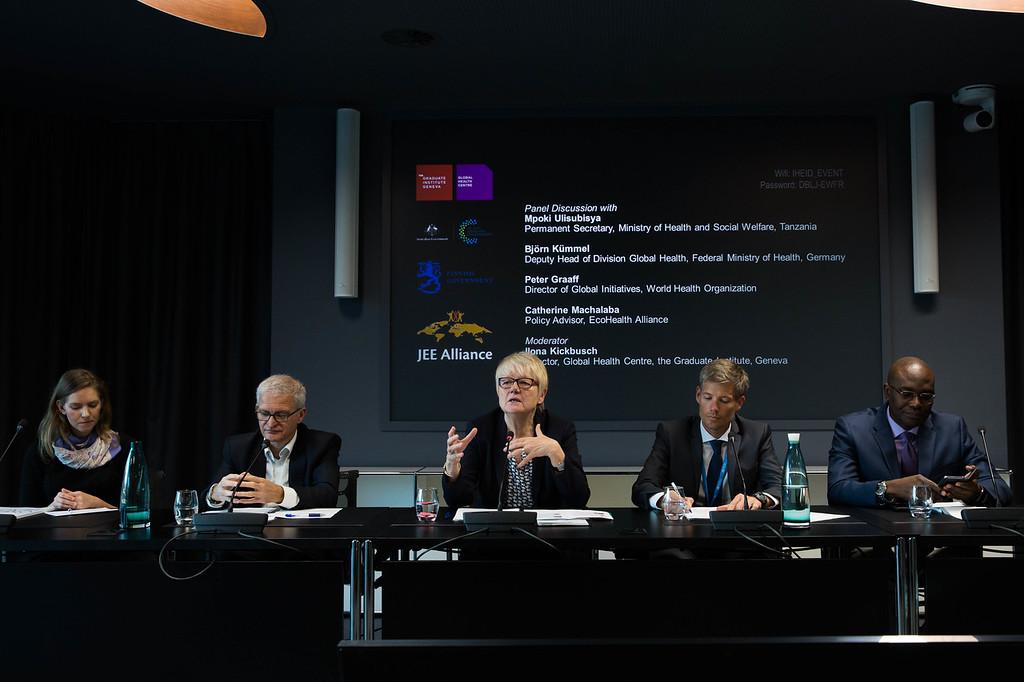In mid-May, the Global Health Centre jointly convened with Finland’s Ministry of Social Affairs and Health a one-day workshop and evening policy dialogue on financing to strengthen national and global preparedness for outbreaks. The events brought together representatives of governments, intergovernmental organisations, funders, civil society and the private sector to discuss the current state of financing and how to address major gaps. Several conclusions can be drawn from the discussions.
First, we have very poor data on current investments in preparedness despite the high level of political attention given to this issue in recent years. A mapping of already existing resources and investments is needed (in addition to the identification of gaps that is already underway). Despite the data challenges, we can nevertheless conclude that the need for additional investment is high based on existing country studies. Financing needs far exceed the resources likely to be made available in the short- to medium-term by national governments in low or lower-middle income countries or by international donors. (In contrast, in high-income and upper middle-income countries, the challenge is more likely to be political – that is, high-level political leaders need to be convinced to prioritise investing in preparedness.)
Given the long list of needs identified in current national evaluation processes, and the high price tags associated with them, setting a few priorities is essential. National governments should set those priorities, but may benefit from international support to do so. For example, WHO supported the government of Sierra Leone in a consultative priority-setting process that produced a concise list of investments that offers both short- and long-term benefits to the national health system.
In addition, participants emphasised that investments for preparedness in resource-poor settings absolutely must contribute to the day-to-day functioning of health systems. Given the degree of scarcity relative to need, it will not be politically realistic otherwise. A concrete example is expanding and strengthening the regular health workforce, which can pivot to emergency response in the event of an outbreak. Further research and analysis is needed to show concretely how investments in day-to-day health systems may or may not strengthen preparedness, and vice versa.
Finally, investments in preparedness are a government function and the main source of financing will need to be public rather than private or out-of-pocket. Ongoing monitoring of investments, and even more importantly the impacts of those investments, remains critical. This should be one of the key areas that the recently-announced Global Preparedness Monitoring Board follows closely.


